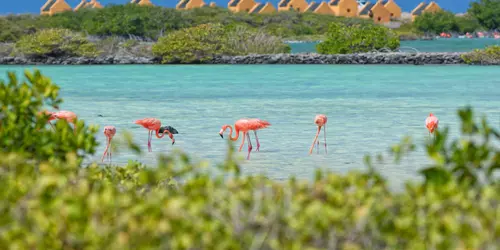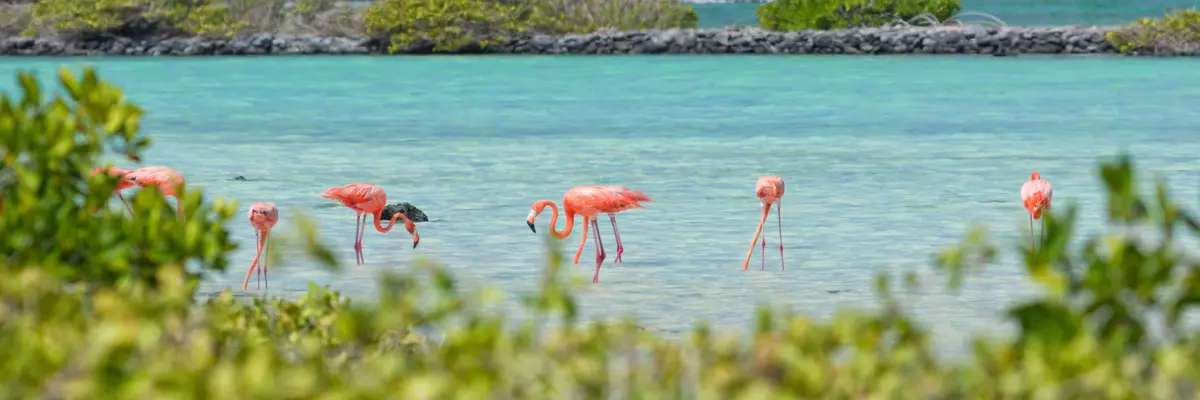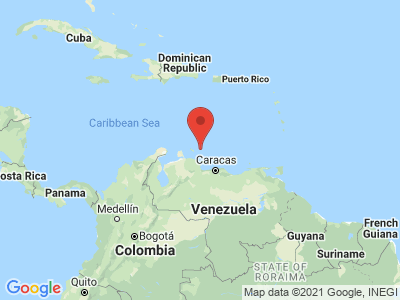Climate Table Bonaire
Jan | Feb | Mar | Apr | May | Jun | Jul | Aug | Sep | Oct | Nov | Dec | |
|---|---|---|---|---|---|---|---|---|---|---|---|---|
| Max. Temperature | 28° | 29° | 29° | 30° | 30° | 31° | 31° | 31° | 32° | 31° | 30° | 29° |
| Min. Temperature | 24° | 23° | 23° | 24° | 25° | 26° | 25° | 26° | 26° | 26° | 24° | 24° |
| Sun Hours | 9 | 10 | 9 | 9 | 7 | 9 | 10 | 10 | 9 | 9 | 8 | 8 |
| Water Temperature | 27° | 27° | 27° | 28° | 28° | 28° | 28° | 28° | 29° | 29° | 28° | 27° |
| Rain Days | 9 | 5 | 2 | 2 | 3 | 4 | 5 | 6 | 4 | 7 | 10 | 10 |
The climate year of Bonaire
Together with Aruba and Curaçao Bonaire belongs to the "ABC islands" which geographically belong to South America. Politically, however, the extremely popular diving area belongs to the Kingdom of the Netherlands and has the status of an autonomous province. The official head of state is the Dutch king, also the Dutch language is official language. However, most inhabitants speak Papiamentu, a creole language with elements of Portuguese, Spanish, Dutch and English. The climate on Bonaire is sunny and quite dry all year round. The average temperature is around 28 °C and varies only slightly throughout the year. The northeast trade wind blows here constantly, however, this wind already rains off its moisture on the offshore "islands above the wind". The "islands below the wind", which includes Bonaire, therefore remain comparatively dry with an average annual precipitation of about 550 milliliters. In addition, the island is located outside the hurricane belt, which is why it is very rarely hit by tropical cyclones. For this reason, Bonaire is a worthwhile destination even in summer.
General information about Bonaire
The diving areas off the coast of Bonaire are among the most beautiful in the world - divers can independently admire huge coral reefs, sponges, beautiful fish, turtles and also shipwrecks that sank centuries ago in the extensive nature reserve here. Bonaire, also known as "Island of Flamingos" - the beautiful birds are the emblem of the island -, however, has numerous other attractions to offer. The landscape is quite flat and barren, but features bizarre limestone formations. In the Washington-Slagbaai National Park visitors can see the rich flora and fauna with over 200 species of birds and various cacti. The extensive mangroves, salt ponds and salt mountains as well as the caves on the east coast are also worth a visit. The capital Kralendijk is located on the west coast and enchants with its Dutch-colonial architectural style.
Tourism Bonaire
An optimal travel time for Bonaire can hardly be given, as the Caribbean island offers the best conditions throughout the year. In the winter months from October to February, it is usually about 25 to 26 ° C warm, also the few rainy days fall in this period. In the summer months, temperatures level off at around 30 °C, with the northeast trade winds providing a constant fresh breeze. Visitors can look forward to an average of six to seven sunny hours per day throughout the year. At night it is only about five degrees colder than during the day, rarely cooler than 24 °C.


